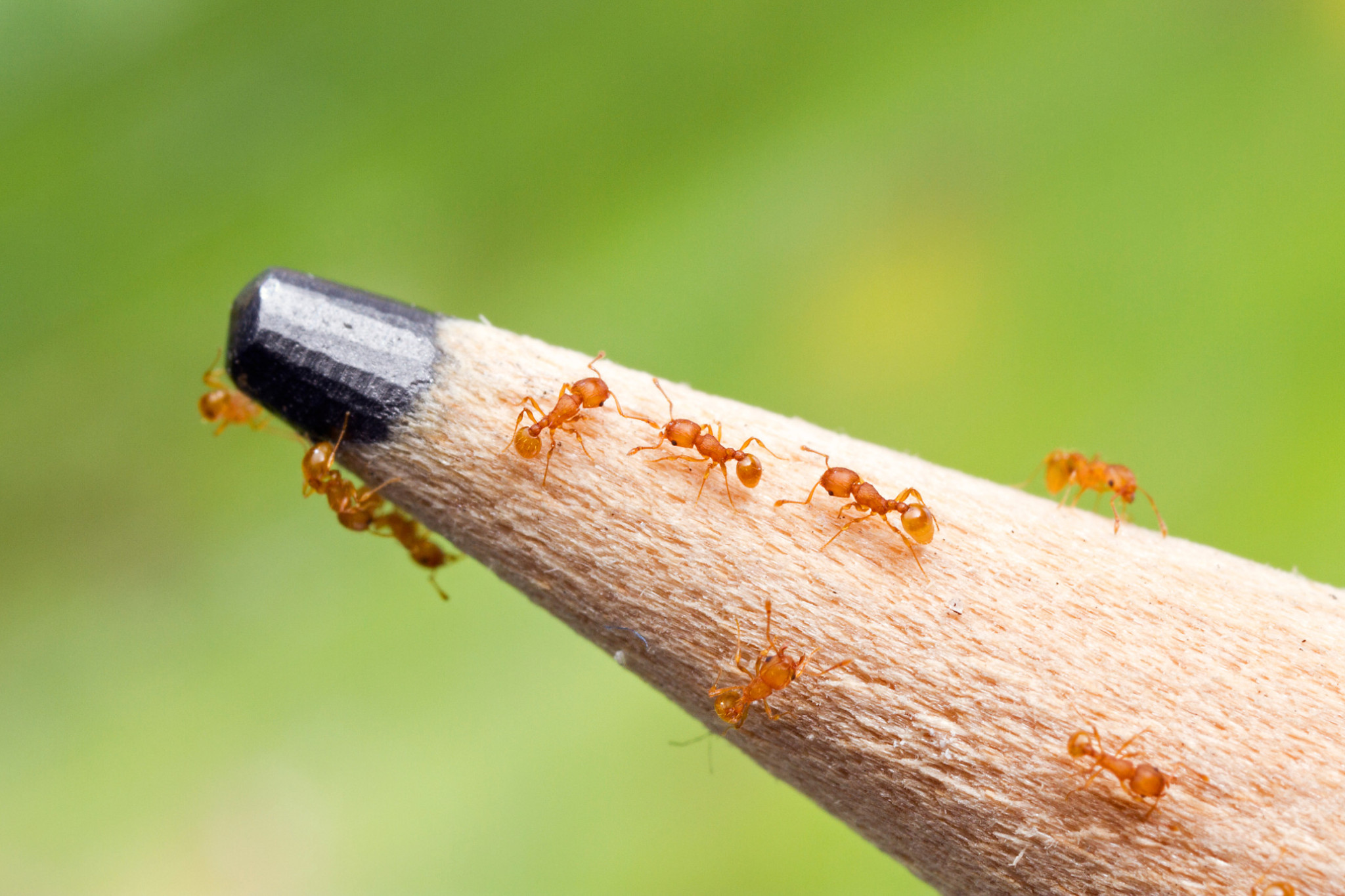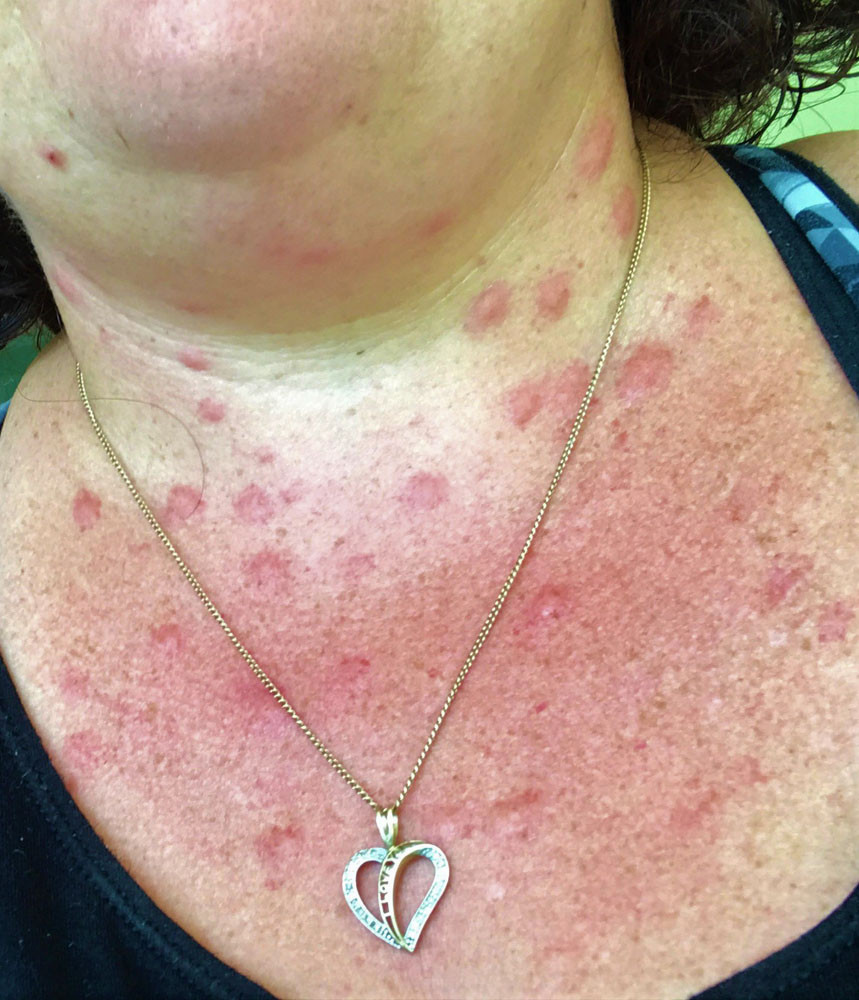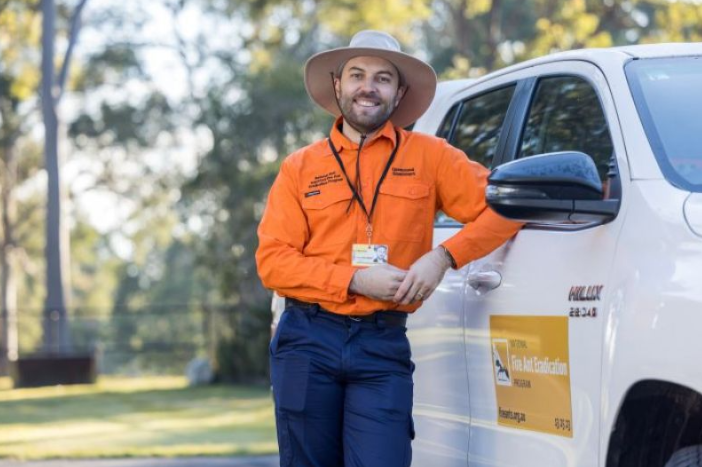General News
15 May, 2025
Little ant, but a big problem
THE electric ant issue has been covered before in the ‘Goss’ and, while the problem with this minute critter continues across the whole of our region, there is help out there.

As a reminder, while they might well be tiny, electric ants, or Wassmania auropunctata for the experts, are one of the world’s worst invasive pests and can cause significant damage and disruption to native flora, fauna and ecosystems.
Electric ants are native to Central and South America but have now invaded many other counties, including Australia.
Electric ant infestations are limited to Far North Queensland, found from Bingil Bay in the south, to Kuranda and the Tablelands in the west, plus Cairns and further north in the Douglas Shire, including the Daintree.
The National Electric Ant Eradication Program (NEAEP) has made significant progress reducing the number of infestations overall, but needs everyone’s help to find them all.
NEAEP acting principal project officer Gary Morton said more than 40 per cent of electric ant infestations were found during registered free yard checks.

“Free yard checks are quick and easy to organise and are a huge help in detecting electric ants. While colony numbers may still be low, making eradication much faster and reducing the risk of spread,” he said.
“Self-checking is not effective or thorough, but the program’s field officers are trained to lure, detect and collect ant samples.
“In the past, many residents were completely unaware they had electric ants on their properties until we detected them. Early, proactive action is key.”
Free yard checks involve the use of small pieces of sausage meat attached to bamboo skewers which are placed around the garden areas for about an hour where ants are most likely to be.

Samples are collected for identification in the Cairns diagnostics laboratory. Following the identification, residents receive a report on any ant species identified.
“Yard checks that find no electric ants are equally valuable to the program and are never a waste of time,” Mr Morton said.
“We encourage residents to have their yard checked at least every 12 months. The more properties the program can check, the closer they get to eradication.”
Recovery is usually rapid following electric ant eradication, with native frogs, ground nesting birds, insects and pollinators returning quickly to their natural habitats after treatment.
Mr Morton said there was often confusion between the different species of invasive ants present in Queensland, which could lead to misinformation.
“The different eradication programs, their detection methodologies and treatments are all designed specifically for each invasive ant,” he said.
“The treatment we use for electric ants is different to that of other eradication programs.

“We use a small, protein-based granular bait designed specifically for electric ants, which is harmless to humans and animals.”
Apparently, on an average 1000sqm block, just 250 grams is used in each treatment. The granules contain less than one per cent of the active chemical – so about two grams of chemical is distributed.
“The treatment is designed to attract the worker ants who carry it back to feed the queens, before it breaks down within about 48 hours,” Mr Morton said.
“Only the infested areas receive treatment. In those infested areas, it is unlikely any other species will be present as they will have been driven out by electric ants.”
If NEAEP officers detect a different invasive ant during a free yard check, the relevant program will be contacted so they can commence their specific treatment regimes.
So, help is definitely out there, it’s just up to you to take it up.
To register for your free yard check, either scan the QR code, visit https://bit.ly/3GFofS2, email electricantinfo@daf.qld.gov.au or call 13 25 23.
I’m rushing off to check my back yard, so for now it’s Gazza signing out.
Send your stories to gazza@cairnslocalnews.com.au


